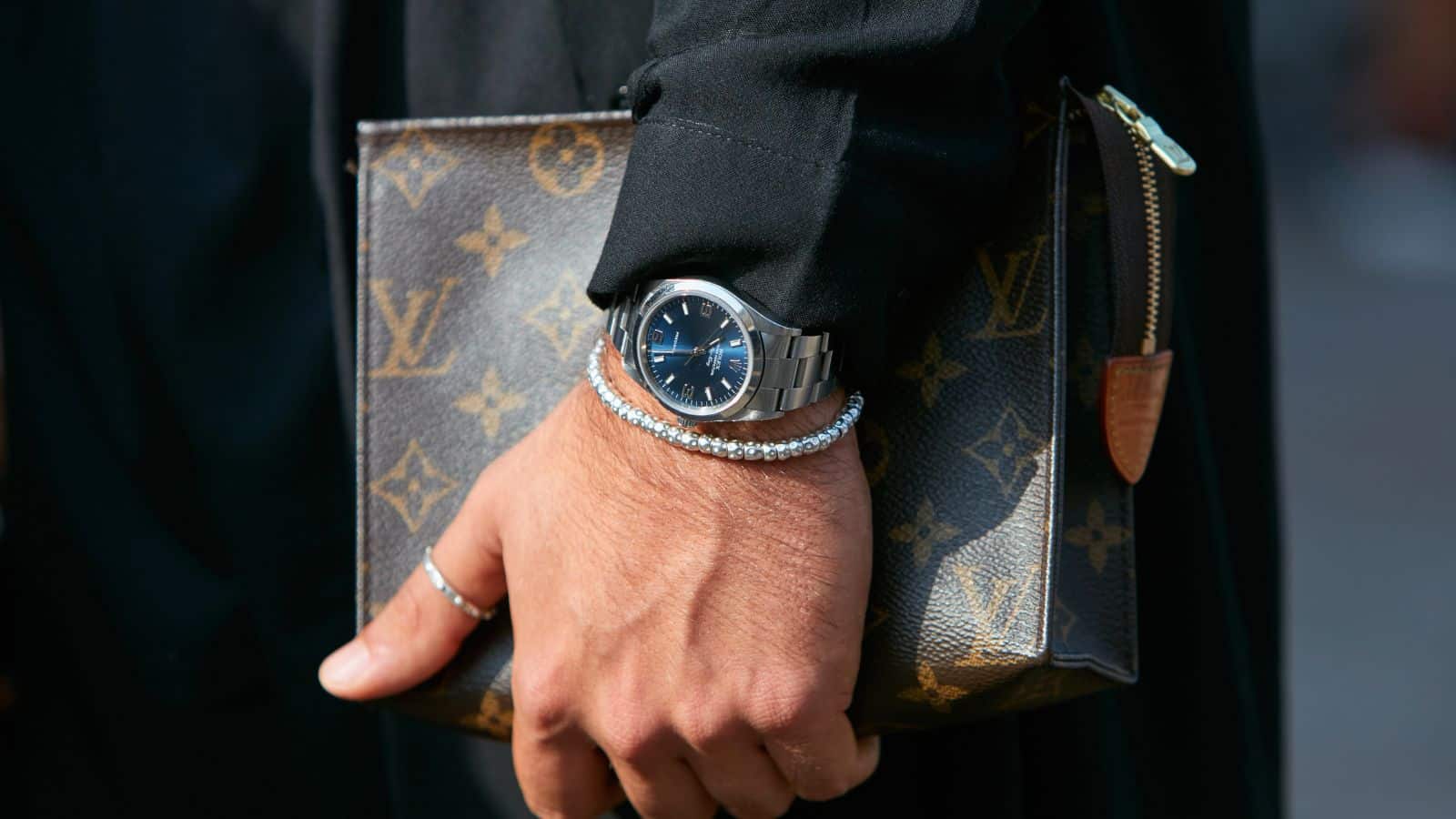When budgets get tight, most businesses see sales slow down. But luxury brands don’t always follow the same rules. Even in 2025, as many families cut spending, high-end labels are continuing to grow. Their loyal customers and unique strategies keep them strong while other companies struggle.
Louis Vuitton Staying on Top
Louis Vuitton has long been the crown jewel of luxury fashion. Despite economic worries, it continues to post strong sales worldwide. Limited-edition releases, iconic bags, and celebrity endorsements keep demand high. Customers see these purchases as investments, not just indulgences, which helps Louis Vuitton thrive while mid-range brands suffer.
💸 Take Back Control of Your Finances in 2025 💸
Get Instant Access to our free mini course
5 DAYS TO A BETTER BUDGET
Hermès Growing Through Exclusivity
Hermès has built its success around items that are nearly impossible to get. Its Birkin and Kelly bags remain status symbols, often with waitlists lasting months or years. That scarcity fuels demand, making customers more eager to buy. Even in a shaky economy, Hermès profits grow as shoppers chase exclusivity and timeless style.
Rolex Watches Holding Value
Rolex has managed to stay strong because its watches are seen as assets as much as accessories. Many models gain value over time, making them attractive even to cautious buyers. The brand’s reputation for quality and heritage keeps demand steady. While other watchmakers face slowdowns, Rolex continues to be a safe bet for luxury shoppers.
Gucci Attracting Younger Buyers
Gucci has managed to reinvent itself over the past decade, appealing to younger generations through bold designs and high-profile collaborations. By staying relevant to Gen Z and Millennials, the brand keeps its sales strong. Social media also fuels its success, turning products into cultural moments. Gucci thrives by combining heritage with fresh, modern appeal.
Chanel Beauty Expanding Reach
Chanel’s handbags remain out of reach for many, but its beauty line keeps the brand accessible. Perfume, skincare, and cosmetics allow a wider audience to participate in the Chanel experience. These products maintain the brand’s luxury image while expanding revenue streams. The balance helps Chanel stay strong even when shoppers cut back elsewhere.
Ferrari Selling More Than Cars
Ferrari continues to thrive because it sells more than vehicles; it sells a lifestyle. Buyers see their cars as rare investments that hold value. Beyond cars, Ferrari licenses its brand across merchandise, experiences, and even theme parks. Its ability to sell status along with products keeps profits high while other automakers cut back.
Dior Dominating Fashion and Beauty
Dior benefits from strong demand in both high fashion and beauty products. Its runway collections and luxury accessories remain coveted, while Dior Beauty reaches a much wider consumer base. This combination ensures steady sales across different price points. By diversifying while keeping its luxury edge, Dior grows while other fashion houses slow down.
Cartier Remaining a Jewelry Powerhouse
Cartier’s jewelry and watches remain a favorite for high-net-worth individuals. Engagement rings, bracelets, and iconic watches keep the brand relevant across generations. The heritage and craftsmanship tied to each piece reinforce the value. While families cut back on everyday purchases, luxury jewelry continues to sell because of its lasting significance.
Tesla as a Modern Luxury Brand
Tesla may not be traditional luxury, but it has positioned itself as a premium lifestyle choice. Buyers see Tesla vehicles as both tech-savvy and status-driven. While some carmakers face slumping sales, Tesla benefits from being seen as futuristic and desirable. For many, the brand represents more than a car, it signals wealth and innovation.
Prada Balancing Tradition and Innovation
Prada thrives by balancing its classic reputation with forward-thinking designs. Collaborations with artists and bold campaigns keep it culturally relevant. At the same time, its handbags and clothing remain staples for those seeking timeless luxury. This mix of consistency and innovation helps Prada maintain strength even when consumers cut spending elsewhere.
Why Luxury Still Wins
Luxury brands thrive during downturns because they sell more than products. They sell status, exclusivity, and investment value. Shoppers who can afford them are less affected by rising costs, and others save up for smaller pieces of luxury. While many companies scale back, these brands prove that prestige and loyalty can keep sales strong even in uncertain times.
Like our content? Follow us for more!
The article 10 Luxury brands thriving while everyone else cuts back first appeared on Cents + Purpose.



